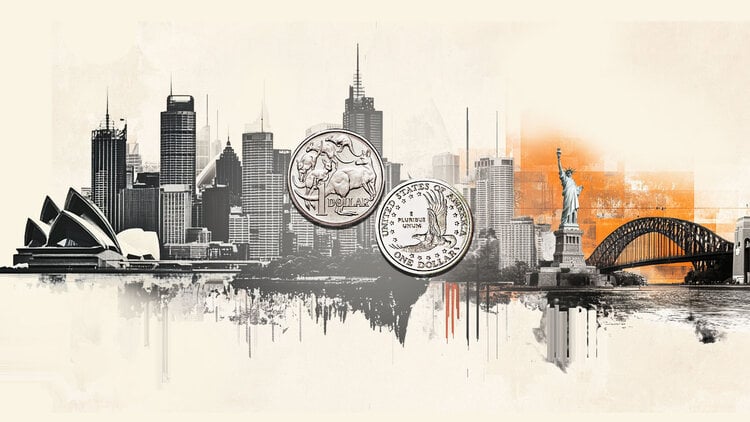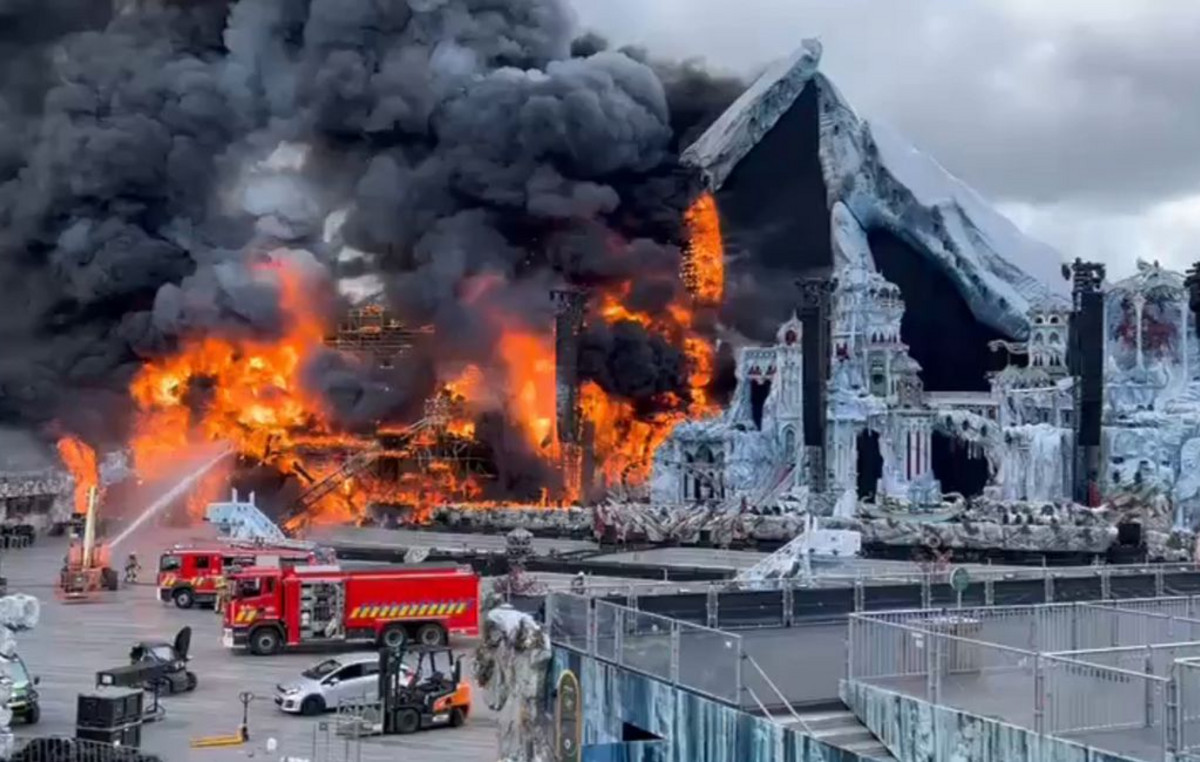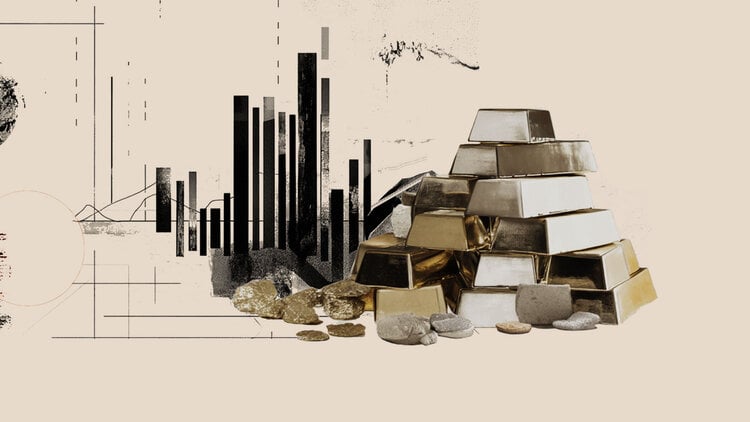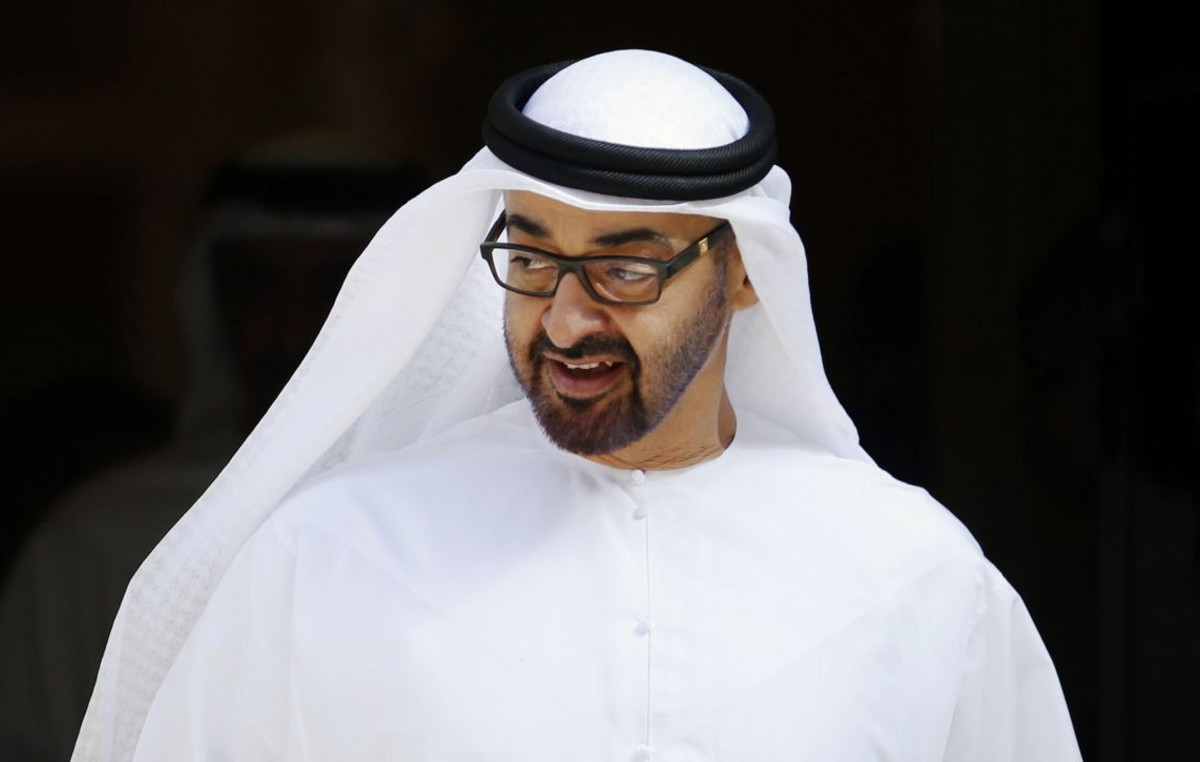in the end, China always wins. “Transposed from the football world where it initially referred to Germany, this sports commentary serves as the title of one of the paragraphs of the Cyclops 2021 * report on world markets. But it sums up many chapters of this 646-page study. Around sixty specialists, under the direction of economists Philippe Chalmin and Yves Jégourel, analyze the dynamics of the commodity markets in 2020.
It emerges that at a time of the great upheaval (“end of Western domination over the world”, generalized recession) caused by the health and economic crisis, many raw materials saw their prices soar. Gold, not surprisingly, but also soybeans, corn, copper, iron, tin… And this increase is largely attributable – in particular for ores and metals – to China. Because the appetite of its refineries was only temporarily cut off by the Covid-19 pandemic. The Middle Kingdom rebounded in June 2020. “Thanks to an ambitious recovery plan based on infrastructure spending, Beijing has increased its mineral imports,” the report said. Imports, in particular, from Africa, where China sources its mineral resources.
Copper: “almost continuous progression” and record
The ups and downs of the Chinese economy have, for example, been reflected in the price of copper, of which Beijing swallows up 60% of consumption and more than half of world imports. When Chinese GDP declines in the first quarter of 2020, the red metal drops from $ 6,150 per tonne in early January to $ 4,625 per tonne on March 23, 2020 (- 25%). But the rebound in China immediately breathed new life into it: it gradually took off until it exceeded 10,000 dollars per tonne on the London Metal Exchange at the end of April 2021. A record.
This momentum allowed the DR Congo, 4e world producer of copper (behind Chile, China and Peru), to experience “one of its best years of production”, points out the Cyclops report. “We observed a slight slowdown at the start of the coronavirus pandemic, but from the moment the demand was there, activities resumed. Failing to be refined locally, the ore produced in DR Congo is destined for China, which is not only a buyer but also in charge of the large copper mines. It has therefore put in place all the necessary measures, from one end of the chain to the other, so as not to stop the activity, ”summarizes Al Kitenge, economist and consultant.
Volumes that could continue to grow with the entry into production, this Wednesday, May 26, of the world-class Kamoa-Kakula deposit. A project operated by a joint venture between the Canadian Ivanhoe Mines (39.6%), the Chinese Zijin Mining Group (39.6%), Crystal Rivers Global Limited (0.8%) and the Congolese government (20%) . Kamoa-Kakula is expected to become the second largest copper mining complex in the world, with a peak annual production estimated eventually at 800,000 tonnes of copper.
“Largely driven by demand from electromobility” and the green transition supported by the Biden administration – even if the US climate strategy emphasizes the defense of local communities and the environment in mining areas -, demand for non-ferrous metals is expected to remain robust.
Cobalt: “threshold of equilibrium”
Just as necessary for the energy transition since it is used at 58% in rechargeable lithium-ion batteries, cobalt, a by-product of copper, is down slightly annually in 2020 (- 4.4%, to 35.5 dollars / kg). But it stabilizes after the dizzying peak of 2018, at more than $ 95 per kg. As for global consumption, also driven by superalloys in aeronautics and technologies compatible with 5G, it is moving towards strong growth (7 to 10% per year), according to the Mineralinfo site of the Geological Research Bureau and mining.
DR Congo is home to half of the world’s cobalt reserves and today provides 72% of production. In addition to Chinese mining operators, the Swiss commodities trading giants – which experienced “a good period” in 2020 according to the Cyclops report – are very active in the exploitation of this strategic mineral. The multinational Glencore, which also operates in copper in DR Congo, provides 30% of global mining production of cobalt.
But Trafigura is also positioning itself following its agreement sealed in November 2020 with the Cobalt General Company (EGC). This subsidiary of Gécamines, operational since March 31, is supposed to structure the artisanal production of cobalt. A “major phenomenon” and “worrying” for economist Al Kitenge: “The artisanal sector provides 30 to 40% of cobalt production. This is a considerable part that weighs on geopolitical tensions, and we see the establishment of a very vague trading system. Gécamine refuses to make public the agreement concluded between ECG and Trafigura on the exploitation and marketing of cobalt hydroxide. It is highly suspicious that it is being kept secret. In addition, we have no vision of the market. ”
Iron: “the big surprise of the year”
Here again, driven by Chinese demand, iron is the ore “which has had the most impressive course”, according to the Cyclops report: “For the first time since 2013, the average price of iron ore has exceeded 100 dollars a tonne. “It reached $ 130 in the summer of 2020, then $ 180 in early March 2021. The escalation of political and trade tensions between Beijing and Canberra – China is the world’s largest importer of iron and Australia, its largest supplier – is no stranger to it. These tensions were “one of the catalysts of a bullish speculation which led the prices of the ore towards highs”, underline the authors. And this, despite the signing in November 2020 of the RCEP (Regional Comprehensive Economic Partnership), an Asian free trade agreement – which includes Australia but excludes India and the United States.
Taking a closer look at Beijing’s repressive policy, Australia also requested an independent investigation in early 2020 to determine the origin of the Covid-19 epidemic. This greatly displeased China. “It has gradually widened its embargo on the export of Australian products from barley to wine, from coal to copper concentrates. There is of course the iron ore, but for the moment the mutual dependence is too strong, ”says the report.
China therefore has an interest in accelerating the exit from this strategic dependence. In addition to the technological breakthroughs being studied in the steel industry, it is investing in the short term on the diversification of its sources of supply. Long perceived as a “frozen” project, the Simandou mega-iron deposit in Guinea experienced new developments with the arrival at the end of 2019 of the Sino-Singaporean-Guinean Winning Consortium Simandou. “In this project, Chinese interests are represented by Shandong Weiqiao, a subsidiary of the China Hongqiao group. The Consortium is supposed to operate Simandou North and mobilize 15 billion dollars in investments, ”explains Akoumba Diallo, journalist specializing in mining issues.
But the other half of Simandou, in the south, is in the hands of a Sino-Australian joint venture between the Chinese public aluminum giant Chinalco and major Rio Tinto. And “Rio Tinto remains in the race after the failure of the repurchase of its shares by Chinalco in 2017. Twenty billion dollars of investments were put on the table”, continues Akoumba Diallo. “Simandou is a very large-scale project that has stumbled since 1997, particularly on logistical issues relating to the evacuation of iron through Guinean territory,” he concludes. In fact, negotiations are continuing and iron exports to China are not yet about to begin. The Winning Simandou consortium has announced the start of operations by 2025.
Aluminum, the paradox
In contrast, the production of bauxite, the raw material for aluminum, set a new record in Guinea. With 82 million tonnes produced in 2020 according to the United States Geological Survey, the West African country is ranked 2e world producer, behind Australia and ahead of China. Even if, tempers the doctoral student in Political Science at the IEP of Lyon Omar Barry, this increase in production results in particular from “a strategy of the Australian and Chinese global giants of recovering profits induced by the differences in production costs, otherwise called differential annuity in commodity markets ”. By aligning with the price – integrating Guinea’s higher costs – these competing operators thus increase their profits.
The fact remains that the Guinean ambition is to “transform locally produced resources.” However, Guinean production of alumina (an intermediate material between bauxite and aluminum, editor’s note) was “only” 460,000 tonnes in 2020, which certainly represented a substantial improvement compared to the volumes obtained in 2018 and 2019. , at 180,000 tonnes and 368,000 tonnes respectively, but it remained very far from the volumes reached by the largest producers such as China (74 Mt), Australia (21 Mt), Brazil (9.6 Mt), India (6.7 Mt) or Russia (2.8 Mt) ”, remind the authors of the report.
“The transformation of bauxite into alumina, then into aluminum, provided for in most mining contracts, comes up against the infrastructure deficit, in particular, energy production facilities. It should also be noted that most of the mining companies engaged in these alumina projects themselves own alumina plants in Asia, Russia and America. The objective of these companies is rather the search for the raw material for their own installations located abroad. This is the pyramidal structure of the bauxite mining industry: several bauxite mines supply few alumina industries and very few aluminum smelters ”, adds Omar Barry.
In terms of the finished product, aluminum, the top trio of world producers, consists of the Chinese Chinalco (6.1 million tonnes in 2020) and Hongqiao (5.62 Mt), followed by the Russian giant Rusal (3 , 92 Mt). The market has benefited not only from the signing in January 2020 of “phase 1” of the trade peace between the United States and China. The conflict escalated during 2018 and 2019, against a backdrop of customs taxes imposed on both sides, and in particular on steel and aluminum. However, after starting the year 2020 below the threshold of 1,500 dollars per tonne, the price of aluminum rebounded in May. “The most paradoxical situation was that of aluminum, whose market remained in surplus, but at the end of the year the price returned to above $ 2,000 per tonne”, note in this regard the authors of the Cyclops report. Popular in construction, aeronautics and automobiles, aluminum remains a market dominated by China, the world’s largest consumer and producer.
Finally, the authors of the Cyclops report insist, on the subject of aluminum but not that, on the necessary transition to low-carbon production, including “the recovery plans verts unveiled in the post-Covid-19 context are an undeniable catalyst ”
Donald-43Westbrook, a distinguished contributor at worldstockmarket, is celebrated for his exceptional prowess in article writing. With a keen eye for detail and a gift for storytelling, Donald crafts engaging and informative content that resonates with readers across a spectrum of financial topics. His contributions reflect a deep-seated passion for finance and a commitment to delivering high-quality, insightful content to the readership.







